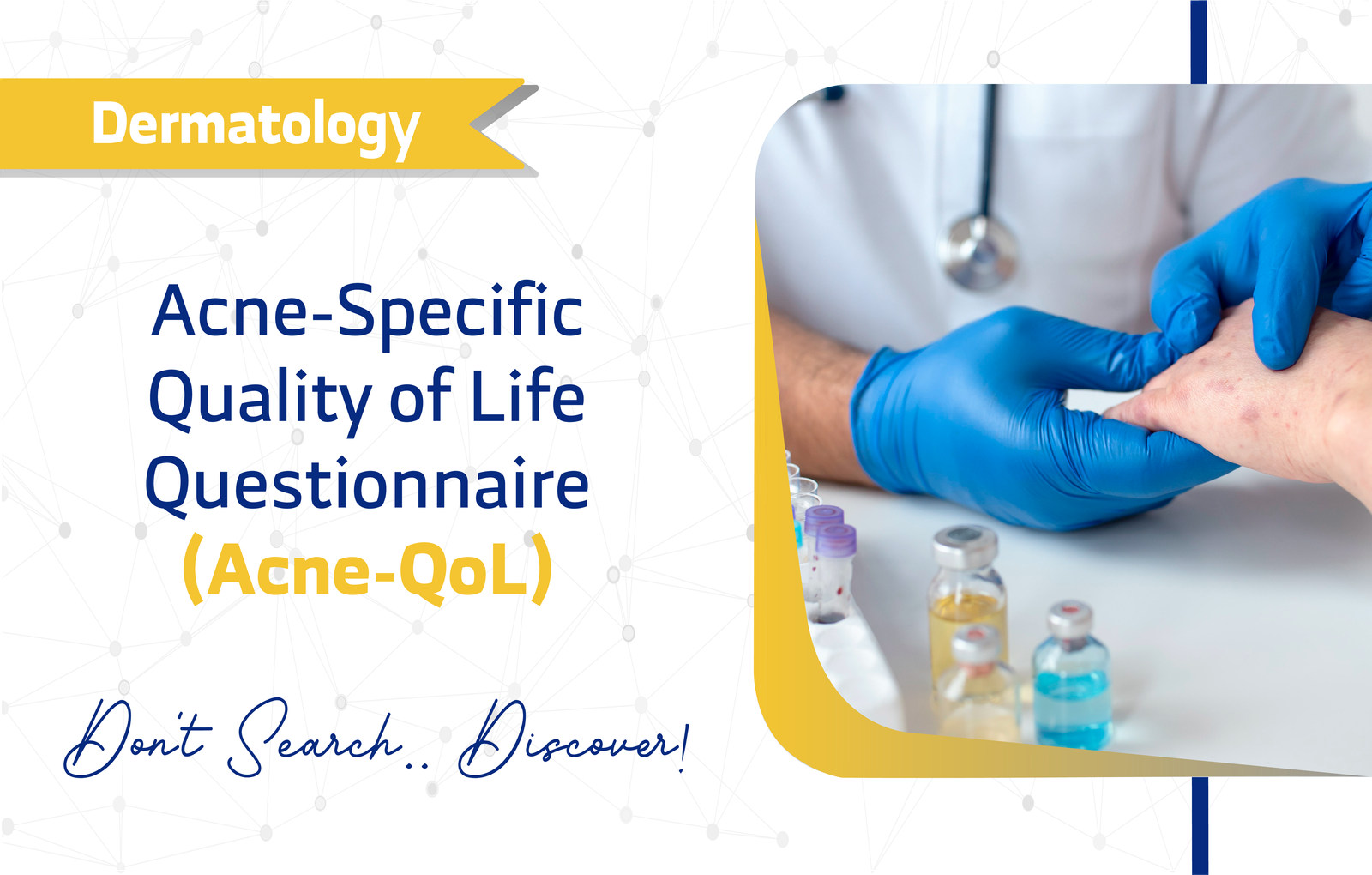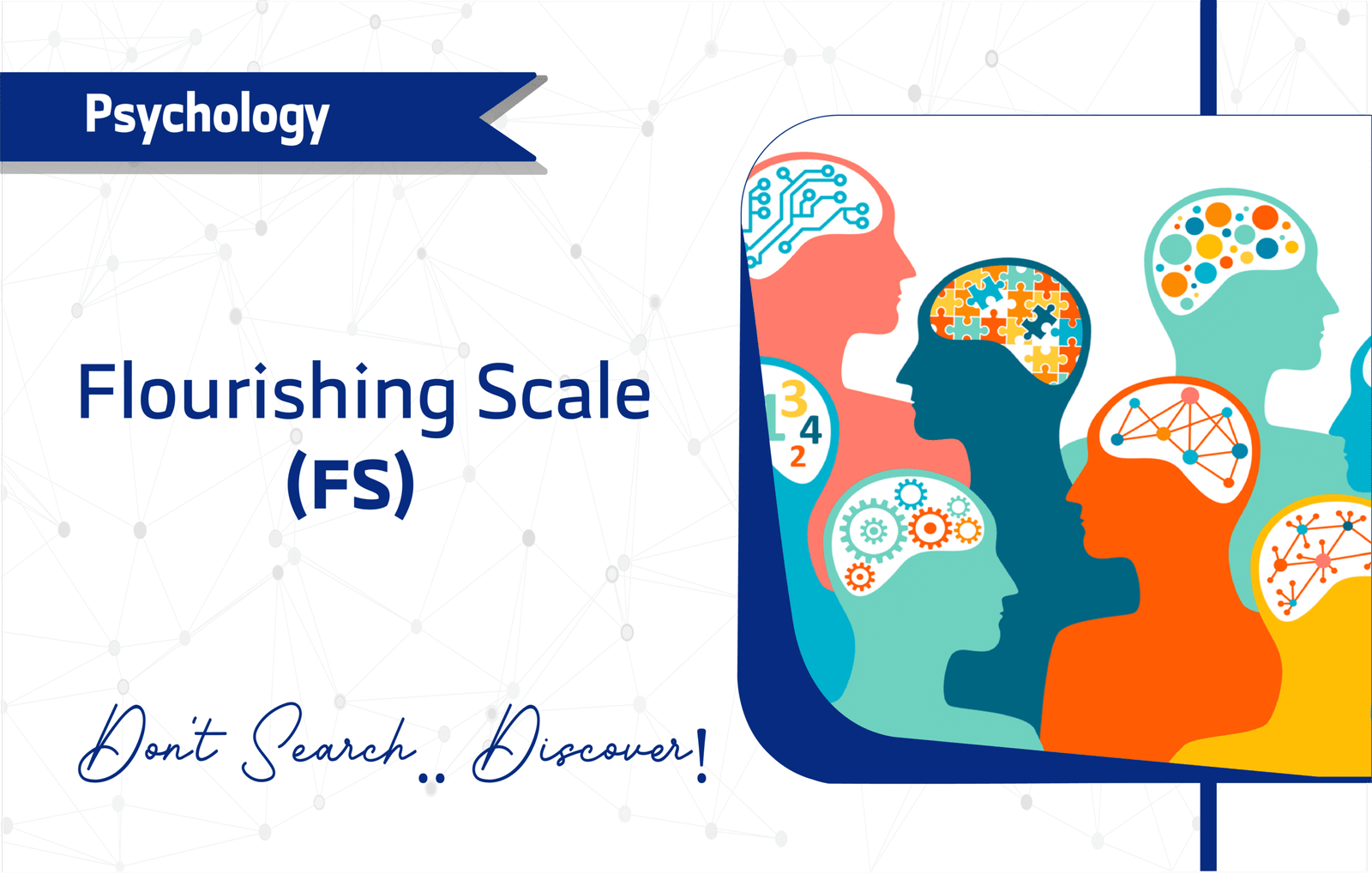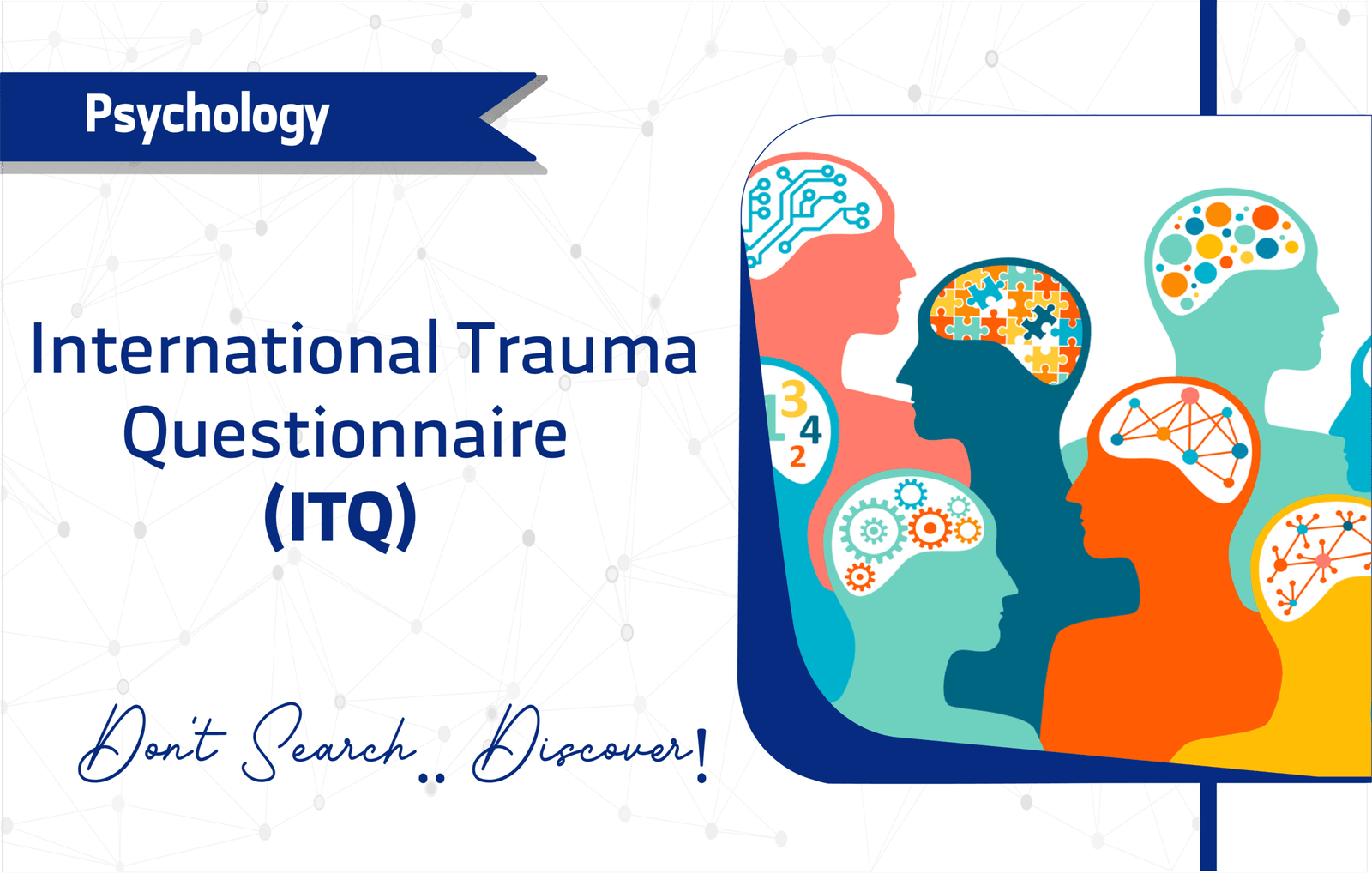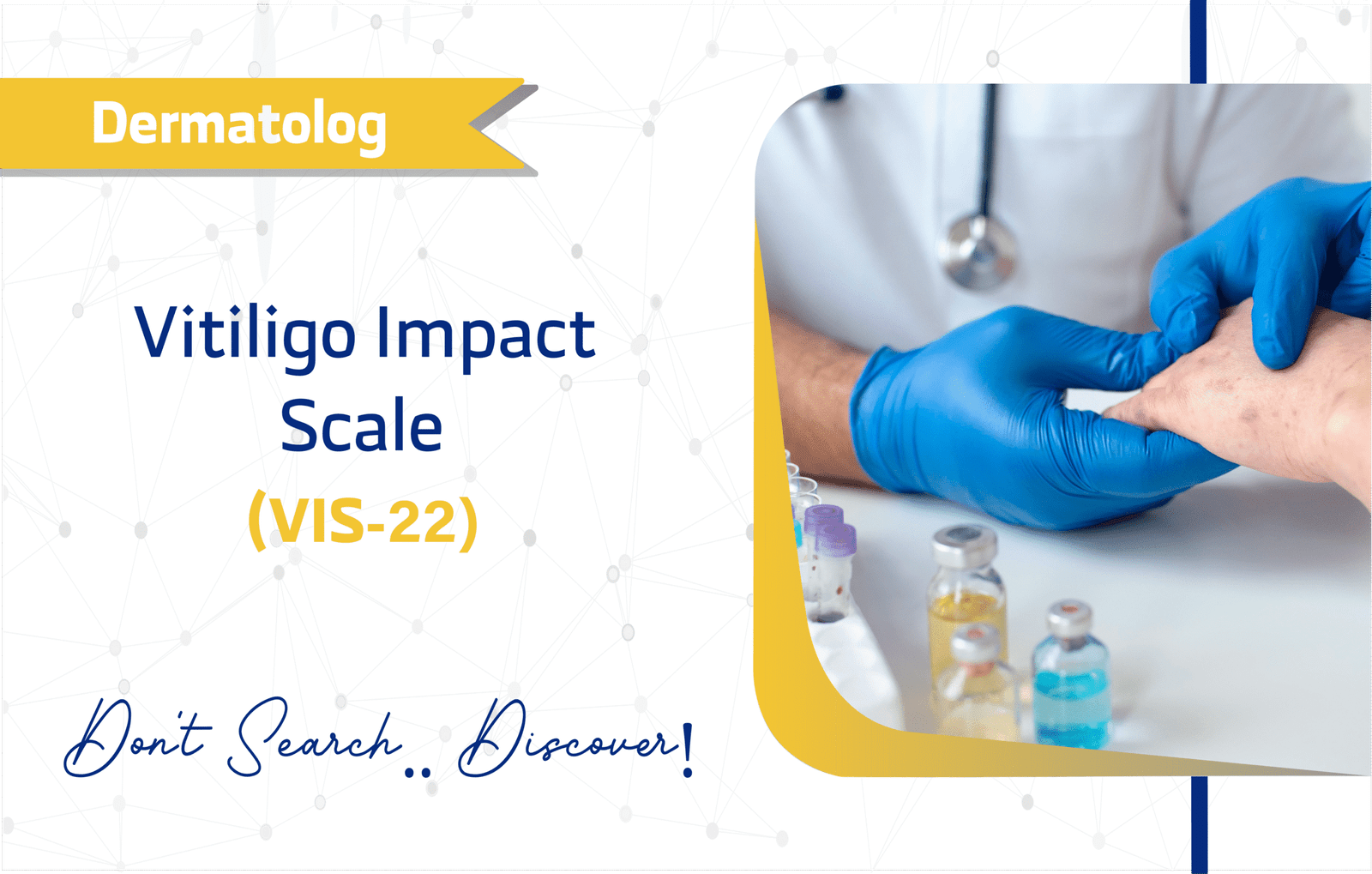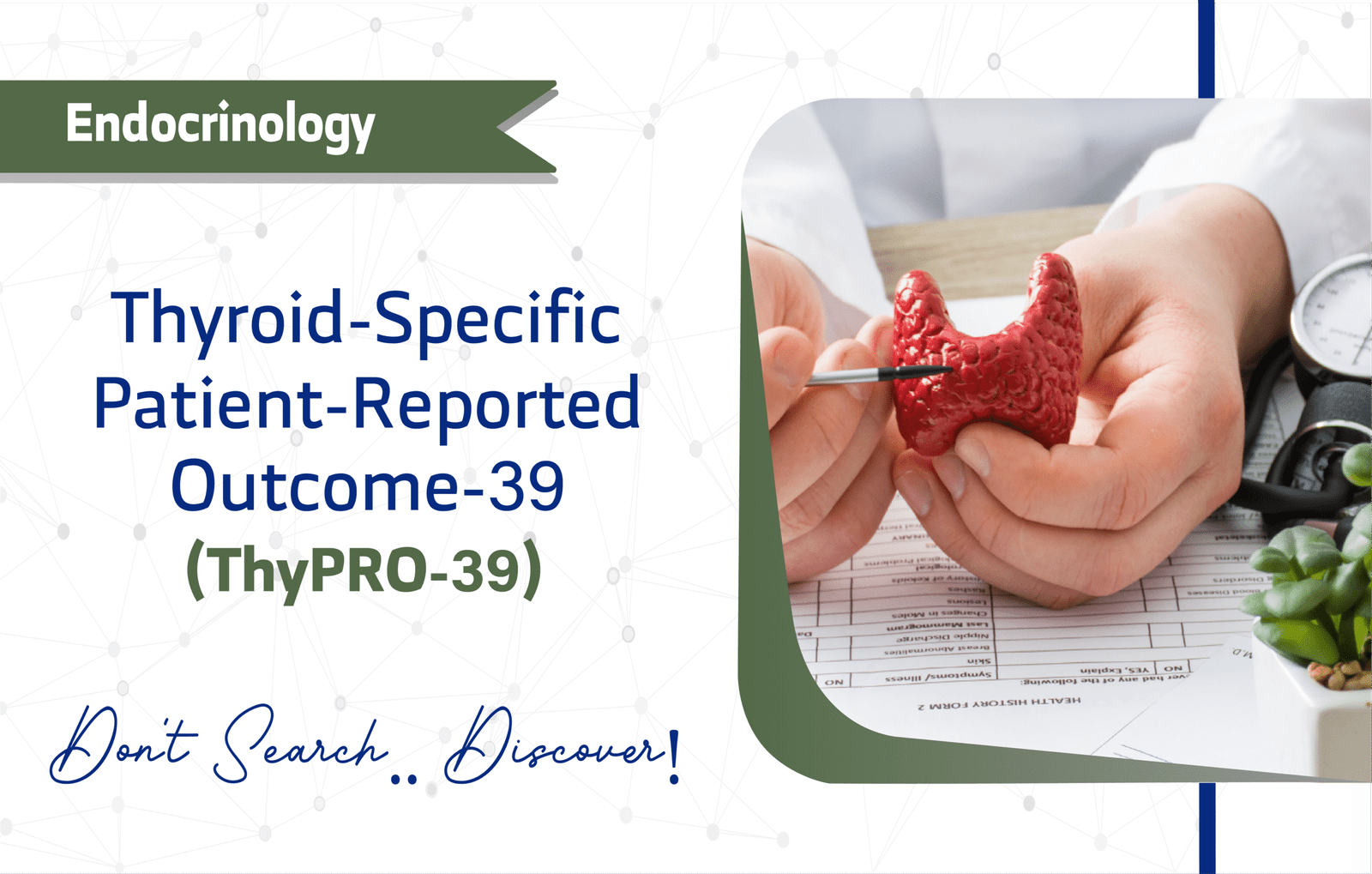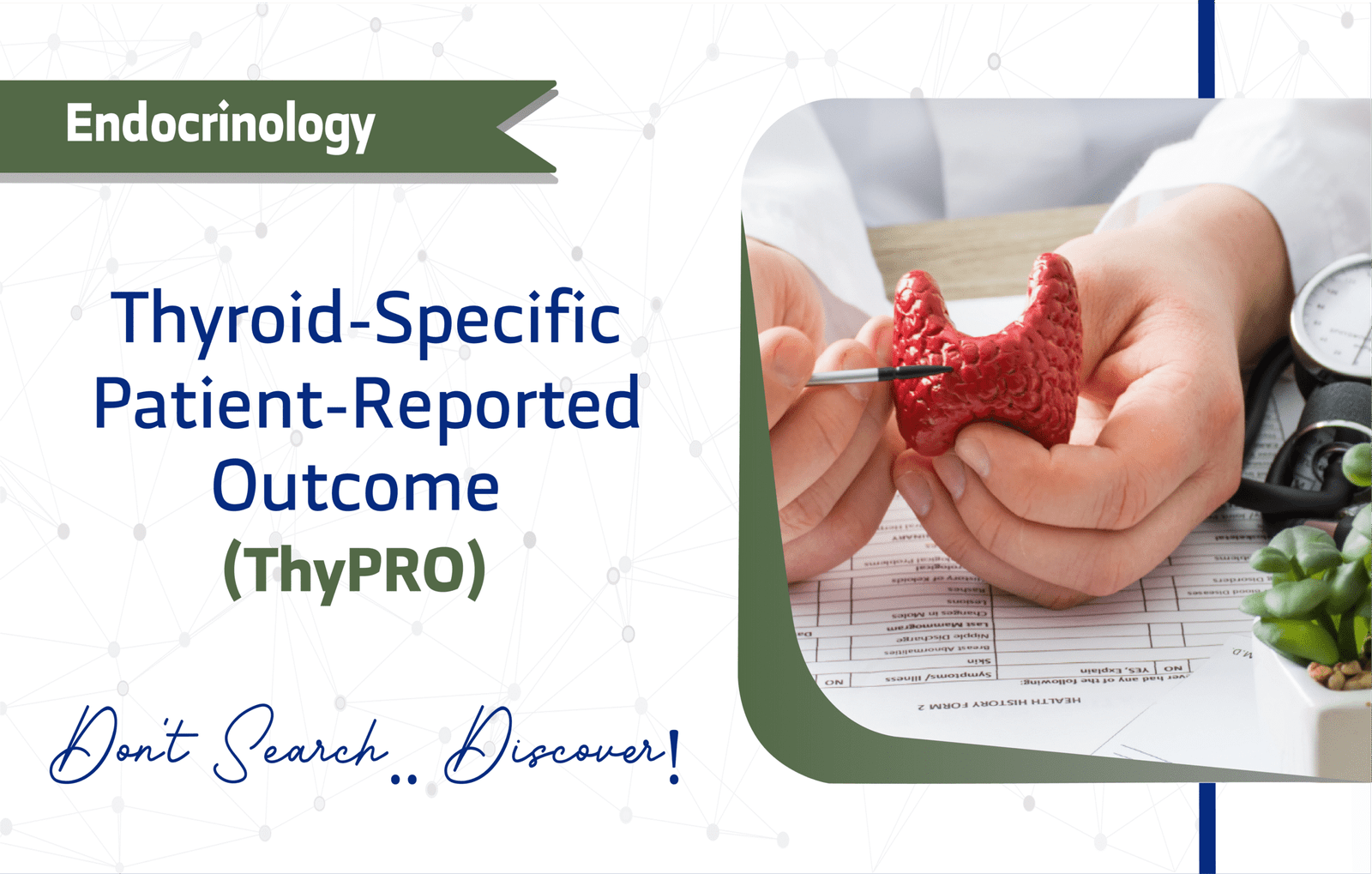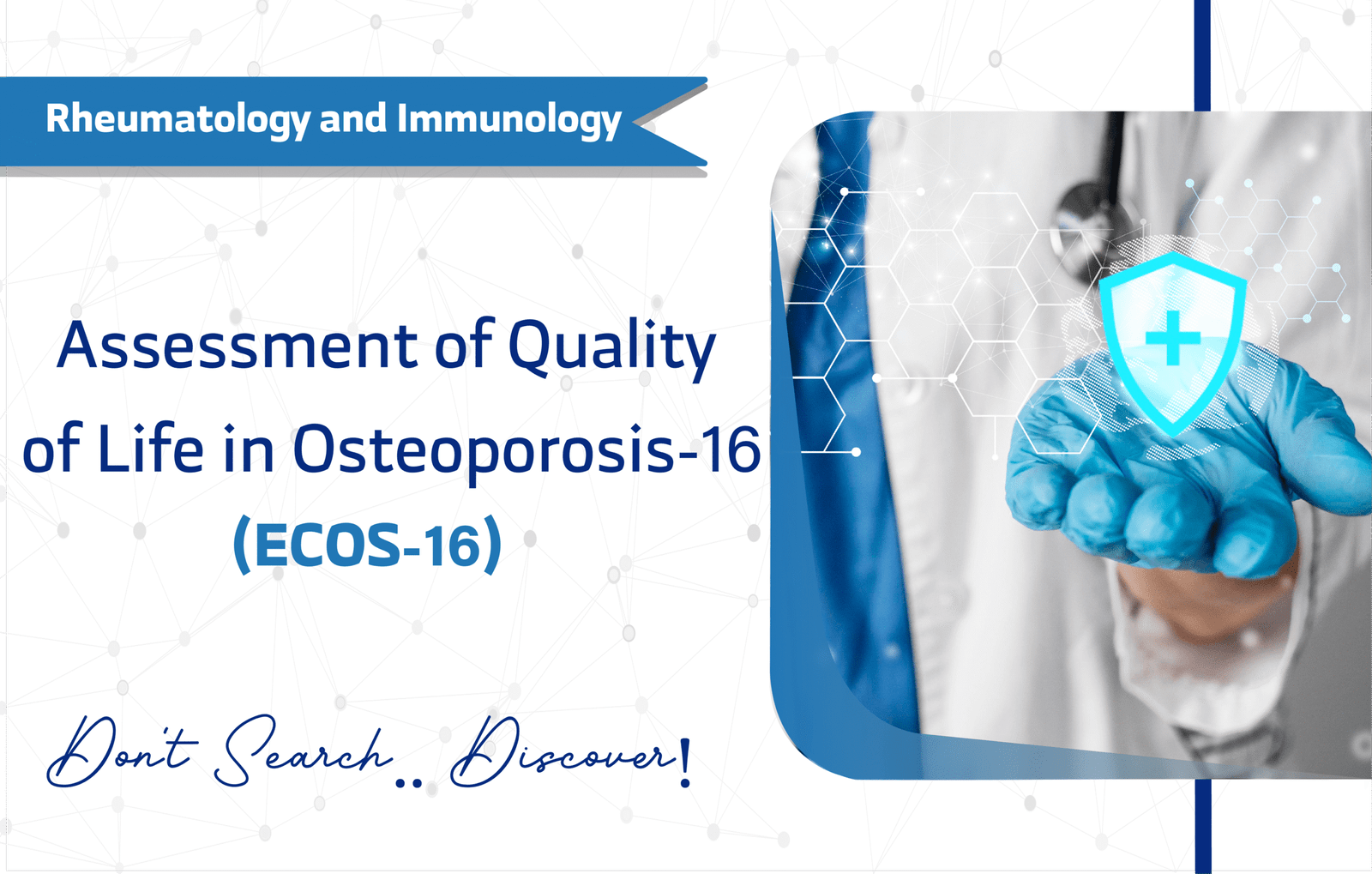Introduction
The Acne-Specific Quality of Life Questionnaire (Acne-QoL) serves as a critical tool for evaluating how facial acne impacts patients’ psychosocial and physical well-being. Carol J. Girman and colleagues developed it in 1996, and the Journal of the American Academy of Dermatology published it, earning over 500 citations on Google Scholar (Girman et al., 1996). Specifically, this 19-item questionnaire targets adolescents and adults with facial acne, offering a robust framework to assess self-perception, social functioning, and emotional health. As a result, researchers and clinicians can actively quantify acne’s burden and design tailored interventions. For example, its focused approach supports precise outcome evaluations in clinical trials.
In this article, we dive into the Acne-QoL’s features, applications, and significance, providing actionable insights for dermatology and quality-of-life research experts.
Key Features of the Acne-Specific Quality of Life Questionnaire (Acne-QoL)
Purpose and Use
The Acne-QoL primarily measures health-related quality of life (HRQoL) in individuals with facial acne. By targeting acne-specific impacts, it enables clinicians to screen patients, track treatment progress, and support research studies. Additionally, its specialized design ensures relevance for dermatological assessments. For instance, researchers rely on it to evaluate patient outcomes in clinical trials, making it a cornerstone for evidence-based dermatology.
Target Population
The Acne-QoL is designed for adolescents (13–17 years), young adults (18–24 years), and middle-aged adults (25–44 years) with facial acne. Its focus on acne patients makes it highly specific, though it excludes children under 13, older adults (45+), and seniors (65+).
Structure
The Acne-QoL comprises 19 items across four key sub-domains:
- Self-Perception (5 items): Assesses how acne affects self-image.
- Role-Social (4 items): Evaluates social functioning and interactions.
- Role-Emotional (6 items): Measures emotional distress caused by acne.
- Acne Symptoms (4 items): Gauges physical discomfort from acne.
Each item uses a 7-point Likert scale (0 = “extremely/very much” to 6 = “not at all/none”), with higher scores indicating better HRQoL. Questions cover discomfort, emotional state, social functioning, and self-image, ensuring a holistic evaluation.
Scoring Method
The Acne-QoL uses a straightforward scoring system:
- Item-Level Scoring: Each of the 19 items is scored on a 7-point Likert scale ranging from 0 (“extremely” or “very much”) to 6 (“not at all” or “none”).
- Domain Scores:
- Self-Perception: 0–30
- Role-Social: 0–24
- Role-Emotional: 0–36
- Acne Symptoms: 0–24
- Total Score: Ranges from 0 to 114, with higher scores reflecting better quality of life.
While specific cut-off scores for interpretation are not provided, the total score offers a clear metric for assessing acne’s impact, enabling clinicians to track changes over time.
Administration Format
The Acne-QoL takes 5–10 minutes to administer, making it highly efficient. It can be conducted via:
- Paper-based forms
- Digital (Online) platforms
- In-person interviews
- Phone/Video calls
Its self-administered format, requiring no specialized training, enhances its practicality for busy clinical environments.
Applications of Acne-Specific Quality of Life Questionnaire (Acne-QoL)
The Acne-QoL serves multiple roles in dermatology:
- Screening: Identifies patients whose quality of life is significantly impacted by acne.
- Monitoring: Clinicians use it to track HRQoL changes during treatment, delivering clear, measurable outcomes.
- Research: Researchers employ it extensively in clinical trials to assess acne treatment efficacy, advancing evidence-based dermatology practices.
Languages and Availability
To support global use, the Acne-QoL is available in:
- English
- Spanish
- French
- Portuguese
- Polish
- Latvian
This multilingual accessibility enhances its applicability in diverse research and clinical settings.
The Acne-QoL remains free for clinical and research use, ensuring accessibility for academic and non-commercial purposes. However, translators or adaptors must obtain permission to maintain consistency across diverse contexts. Consequently, the license combines Open Access for standard use with Restricted Access for adaptations, requiring publisher approval. For inquiries, experts can contact ePROVIDE, the platform supporting clinical outcome assessments.
Reliability and Validity
The Acne-QoL demonstrates high reliability and validity, with Cronbach’s alpha ranging from 0.80 to 0.92, reflecting strong internal consistency. For example, a 2014 validation study confirmed its psychometric robustness for facial acne assessments. Moreover, its sensitivity to acne severity changes makes it ideal for longitudinal studies and clinical trials. Although validation studies for certain populations remain limited, its widespread use and over 500 citations highlight its credibility.
Validation Study:
- Original Validation Study (link)
Limitations and Considerations
However, despite its strengths, the Acne-QoL has a few limitations:
- Self-report: Respondents may be influenced by social desirability bias, potentially underreporting acne’s impact.
- Cultural Bias: Some items may require adaptation for cultural relevance in certain populations.
- Limited Validation Studies: While robust for facial acne, further validation is needed for diverse groups or non-facial acne.
- Social Desirability Bias: Patients may minimize their responses to align with perceived social expectations, affecting accuracy.
Other Versions and Related Questionnaires
Alternative Versions of Acne-QoL
- Acne-Q4: A condensed 4-item version for quicker assessments, ideal for time-constrained settings.
Complementary Questionnaires
Dermatology Life Quality Index (DLQI): This tool evaluates quality of life across various skin conditions, complementing the Acne-QoL’s acne-specific focus.
Cardiff Acne Disability Index (CADI): It targets acne’s psychosocial and disability impacts, offering a shorter alternative.
Acne Disability Index (ADI): This assesses functional and emotional effects, ideal for clinical evaluations.
Skindex-16: It measures skin disease effects on quality of life, emphasizing symptoms and emotions.
Additional Resources
For more information on the Acne-QoL and to access the full questionnaire, visit the following resources:
- Download the questionnaire: Acne-QoL PDF
- For inquiries, contact: ePROVIDE™ – Online Support for Clinical Outcome Assessments
- Additional resources: Dermatology Times, Scielo Brazil, Sci-Hub
Frequently Asked Questions (FAQ)
- Who can use the Acne-QoL?
Researchers, clinicians, and dermatologists use the Acne-QoL for adolescents and adults with facial acne. - How long does it take to complete the Acne-QoL?
It takes 5–10 minutes, making it practical for clinical and research settings. - How is the Acne-QoL administered?
It can be administered via paper, digital, in-person interviews, or phone/video calls, offering versatile options. - Is there any cost to using the Acne-QoL?
The Acne-QoL is free for non-commercial use, but permission is needed for translations or adaptations.
A word from ResRef about Acne-Specific Quality of Life Questionnaire (Acne-QoL)
The Acne-Specific Quality of Life Questionnaire (Acne-QoL) provides a reliable, validated, and comprehensive tool for assessing quality of life in facial acne patients. Whether you’re a researcher analyzing disease impact or a clinician enhancing patient care, the Acne-QoL highlights critical areas needing attention. Therefore, it drives better outcomes and informed treatment decisions.
References
- Kamamoto Cde S, Hassun KM, Bagatin E, Tomimori J. Acne-specific quality of life questionnaire (Acne-QoL): translation, cultural adaptation and validation into Brazilian-Portuguese language. An Bras Dermatol. 2014 Jan-Feb;89(1):83-90. doi: 10.1590/abd1806-4841.20142172. PMID: 24626652; PMCID: PMC3938358 (link)
- Girman CJ, Hartmaier S, Thiboutot D, Johnson J, Barber B, DeMuro-Mercon C, Waldstreicher J. Evaluating health-related quality of life in patients with facial acne: development of a self-administered questionnaire for clinical trials. Qual Life Res. 1996 Oct;5(5):481-90. doi: 10.1007/BF00540020. PMID: 8973127 (link)


